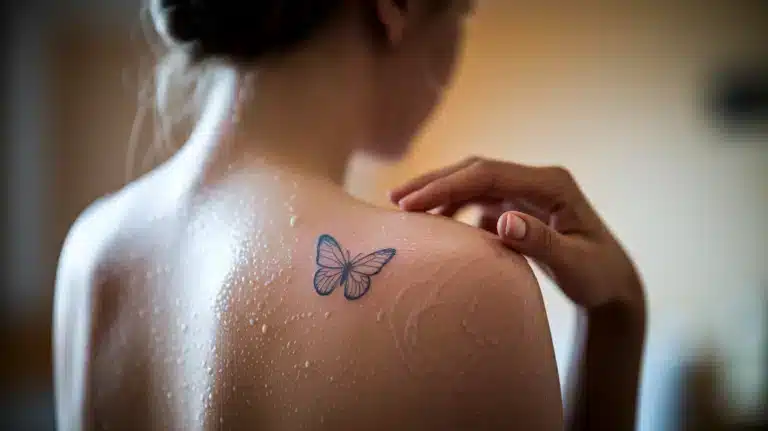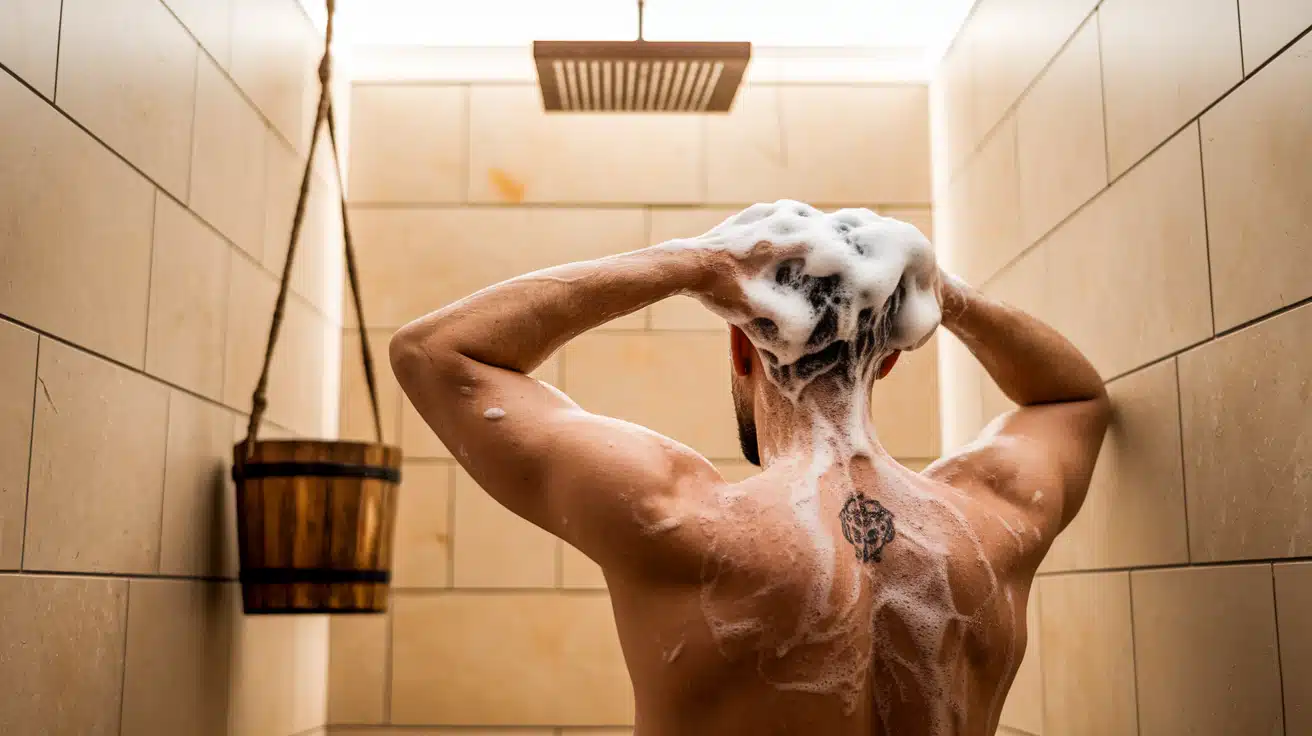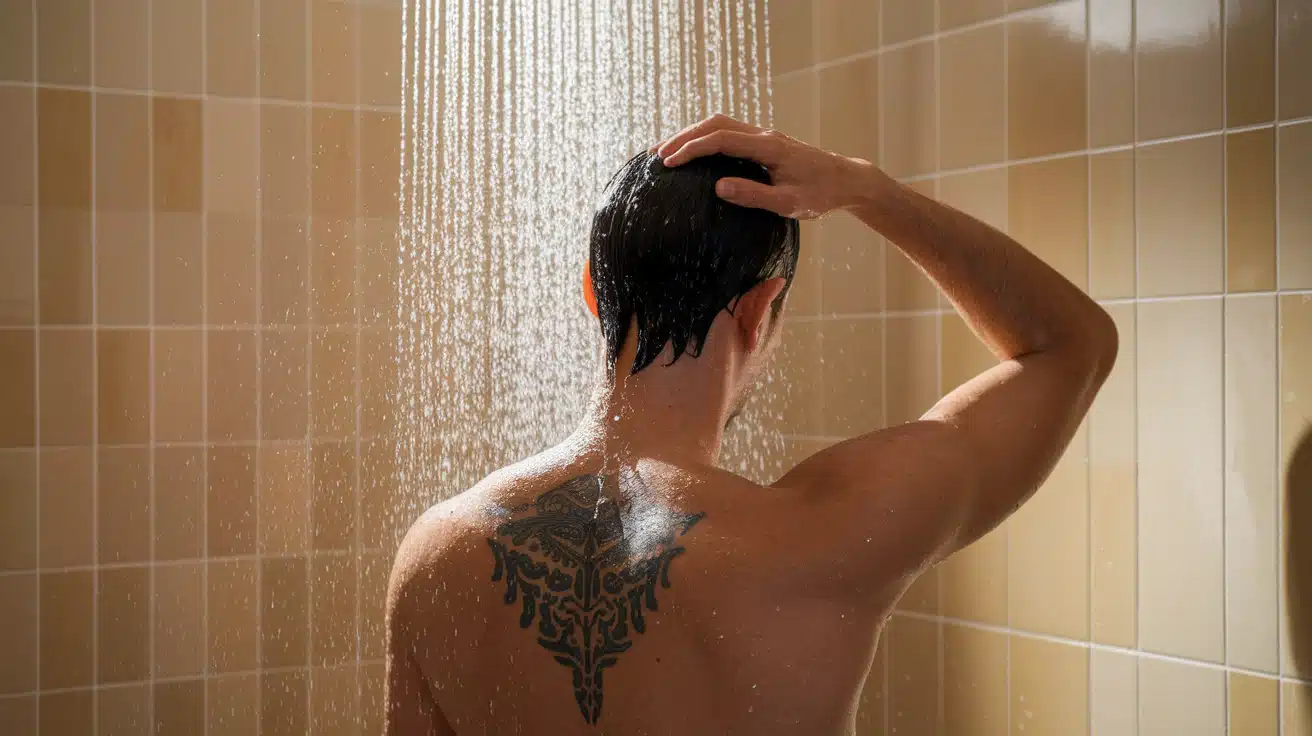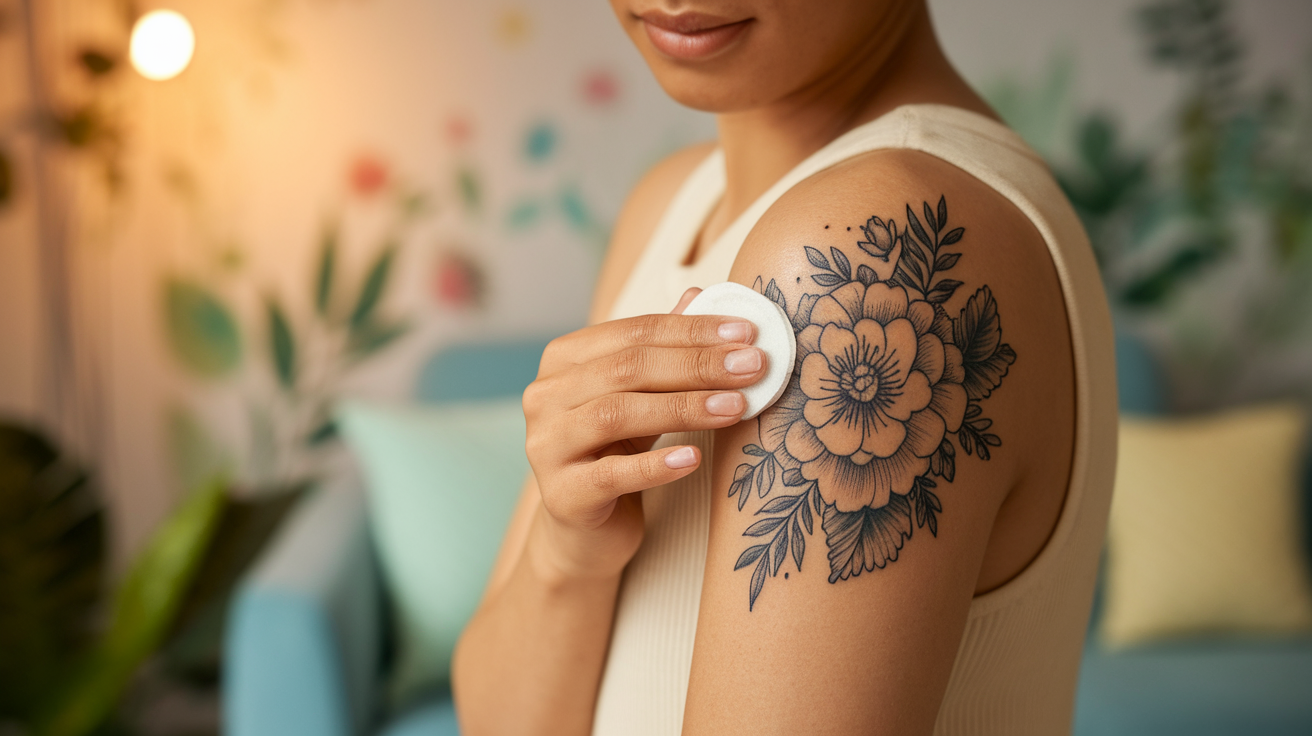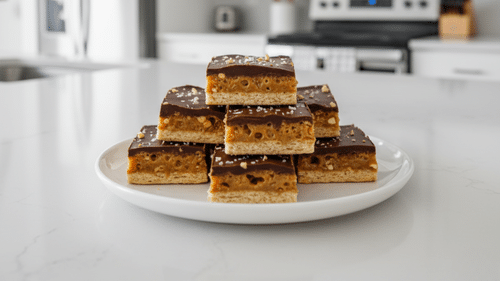Getting a tattoo is an exciting milestone, but proper aftercare is crucial for ensuring your new ink heals beautifully and maintains its vibrancy.
One of the most common questions people have after leaving the tattoo parlor is about showering.
When can you do it safely, and what precautions should you take to ensure your safety? The answer isn’t as straightforward as you might think.
While you can shower after getting a tattoo, the timing, technique, and water temperature all play critical roles in your tattoo’s healing process.
Understanding the dos and don’ts of post-tattoo shower care can mean the difference between a stunning piece of art that lasts a lifetime and a faded, damaged tattoo that requires expensive touch-ups.
Let’s find out the essential guidelines for keeping your fresh ink safe while maintaining proper hygiene.
Can You Shower After Getting a Tattoo?
Yes, you can shower after getting a tattoo, but timing and technique matter significantly. The key distinction lies between showering and soaking.
Quick showers are acceptable, while baths, hot tubs, or swimming should be avoided entirely during the healing process.
The first 24 hours are critical for your tattoo’s healing process. During this period, avoid letting water directly hit the tattooed area. Instead, let water run naturally down your body.
Use lukewarm water rather than hot, as excessive heat can cause swelling and damage to the fresh ink. Keep showers brief, typically under 10 minutes.
Gently pat the area dry with a clean towel; avoid rubbing or scrubbing. The tattoo needs to breathe and form a protective scab, so prolonged water exposure can soften the skin and potentially cause ink loss or infection.
How Soon Can You Use Hot Water on a New Tattoo?
You should wait 2-4 weeks before using hot water on a new tattoo, depending on how well it’s healing.
During the initial healing phase, your tattoo is essentially an open wound that needs protection from temperature extremes.
Hot water can significantly delay the healing process by opening your pores and increasing blood flow to the area, which may cause ink to leach out and result in fading or patchiness.
The heat can also increase swelling and irritation, making your skin more vulnerable to infection.
What Not to Do When Showering After a Tattoo
Proper shower care is crucial for tattoo healing, but many people make costly mistakes that can damage their new ink. Here are the essential things to avoid during your post-tattoo shower routine.
Critical Shower Mistakes to Avoid:
- Never use hot water on your fresh tattoo, as it opens pores and can cause ink to fade or bleed out of the skin, potentially ruining the artwork’s clarity and vibrancy.
- Avoid high-pressure water directly hitting the tattooed area, as this can irritate the healing skin, cause pain, and potentially disrupt delicate scab formation.
- Avoid using harsh soaps or scrubs, including antibacterial soaps, fragranced body washes, or exfoliating products that can strip natural oils and irritate the sensitive, healing skin.
- Never soak or take long showers that create excessive steam and moisture, as prolonged water exposure can soften scabs prematurely and lead to ink loss.
- Avoid rubbing or scrubbing the tattoo when washing or drying – instead, use gentle patting motions with clean hands or a soft towel to minimize disturbance of the healing process.
The healing process typically takes 2-4 weeks, during which your tattoo remains vulnerable to infection. Following these guidelines helps ensure your new artwork heals properly and maintains its appearance for years to come.
When Can You Go Back to Normal Showers?
Most people can return to their regular shower routine within 2-4 weeks after getting a tattoo; however, the exact timeline depends on your healing process and the size of your tattoo.
Larger, more detailed pieces typically take longer to heal completely than smaller, simpler designs. Your tattoo is healed enough for normal showers when the surface layer has completely regenerated.
Look for these positive signs: the tattoo no longer feels raised or tender to the touch, any initial scabbing has naturally fallen off without your intervention, and the skin texture matches that of the surrounding area.
Critical warning signs that indicate your tattoo needs more healing time:
- Persistent redness around the tattoo area, especially if it’s spreading or getting worse rather than gradually fading over time
- Active scabbing or peeling that hasn’t naturally resolved, particularly thick or crusty areas that are still firmly attached to the skin
- Intense itching that feels different from normal healing itchiness and may indicate irritation, infection, or premature peeling
- Raised or swollen areas that feel warm to the touch appear inflamed or seem to be getting worse instead of better.
If you notice any concerning symptoms or if your tattoo isn’t showing clear signs of healing after 3-4 weeks, consult your tattoo artist or your health professional.
Precautions & Common Mistakes to Avoid
Proper tattoo aftercare extends beyond just showering techniques. Taking the right precautions during the healing process is crucial for preventing complications and ensuring your tattoo heals beautifully.
Here are the essential precautions and common mistakes to avoid during your tattoo’s healing journey.
-
Wash your hands thoroughly with antibacterial soap before touching your tattoo to prevent infection. Dirty hands are a primary source of bacteria that can affect the healing process.
-
Avoid tight clothing that rubs against your tattoo, as friction can irritate the skin, cause scabs to come off early, and lead to ink loss. Choose loose, breathable fabrics like cotton.
-
Do not pick, scratch, or peel scabs on your tattoo. It’s normal for scabs and skin to peel, but removing them prematurely can cause scarring, infection, or damage to the tattoo’s appearance.
Conclusion
Proper shower care is essential for protecting your new tattoo and ensuring optimal healing. While you can shower after getting a tattoo, moderation and mindful techniques are crucial during the first two to four weeks.
Keep showers brief and lukewarm. Avoid direct water pressure on the tattooed area, and gently pat dry afterward.
Treat your fresh tattoo like the open wound it is no soaking, hot water, or harsh products that could compromise healing or cause ink fading.
If you notice persistent redness, unusual swelling, or concerning symptoms beyond 3-4 weeks, consult your tattoo artist or healthcare provider.

